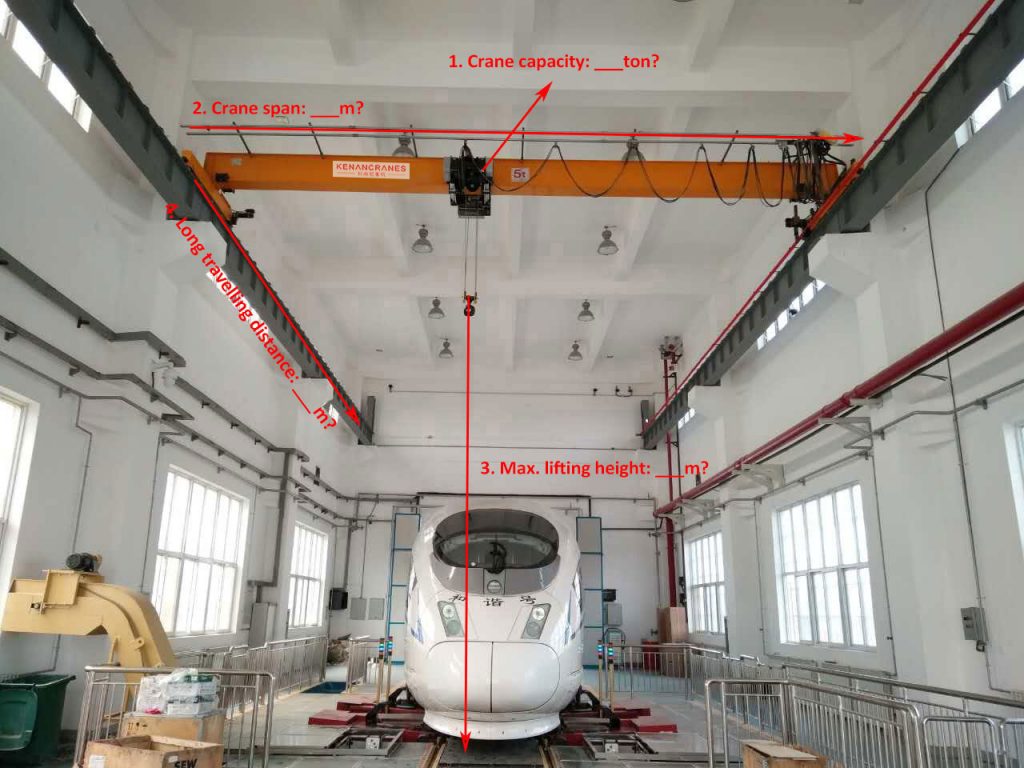WhatsApp: +8619037303916
Email: [email protected]
WhatsApp: +8619037303916
Email: [email protected]

Overhead cranes are essential equipment used in various industries for material handling and lifting tasks. Choosing the right overhead crane for an end user requires careful consideration of several factors, such as lifting capacity, span, height, speed, and duty cycle. Additionally, selecting a reputable and reliable supplier is crucial to ensure high-quality products that meet safety and certification requirements. In this article, we will delve into the factors to consider when choosing an overhead crane, as well as tips for selecting a good supplier. We will also explore the different types of overhead cranes available and their applications to help end users make an informed decision.
Choosing the right overhead crane for an end user involves several factors that need to be considered. Here are some key considerations to help guide the selection process:

When selecting an overhead crane supplier, it is important to choose a reputable company that has a proven track record of delivering high-quality products and excellent customer service. Here are some tips for finding a reputable overhead crane supplier:
| Crane Type | Usage Scenarios | Lifting Capacity Range | Span Range | Lift Height Range | Duty Cycle | Control Type | Environmental Factors |
| Single Girder Overhead Travelling Crane | Manufacturing, Assembly, Maintenance | 1-20 tons | Up to 60 feet | Up to 30 feet | Light to Medium | Pendant, Radio Remote, or Cab | Indoor, Dry, and Non-corrosive |
| Double Girder Overhead Crane | Steel Mills, Power Plants, Heavy Manufacturing | 5-100+ tons | Up to 150 feet | Up to 100 feet | Medium to Heavy | Pendant, Radio Remote, or Cab | Indoor or Outdoor, Dry, and Non-corrosive |
| Jib Crane | Machining, Assembly Workstations | 0.5-5 tons | Up to 20 feet | Up to 20 feet | Light to Medium | Pendant or Cantilevered | Indoor, Dry, and Non-corrosive |
| Underhung Crane | Low Headroom Applications | 1-10 tons | Up to 60 feet | Up to 30 feet | Light to Medium | Pendant or Radio Remote | Indoor, Dry, and Non-corrosive |
| Grab Overhead Crane | Handling Loose Bulk Materials | 5-100+ tons | Up to 150 feet | Up to 100 feet | Medium to Heavy | Pendant, Radio Remote, or Cab | Indoor or Outdoor, Dry, and Non-corrosive |
| Electromagnet Overhead Crane | Handling Ferrous Materials | 5-100+ tons | Up to 150 feet | Up to 100 feet | Medium to Heavy | Pendant, Radio Remote, or Cab | Indoor or Outdoor, Dry, and Non-corrosive |
| Ladle Overhead Crane | Handling Molten Metal | 5-100+ tons | Up to 150 feet | Up to 100 feet | Medium to Heavy | Pendant, Radio Remote, or Cab | Indoor, High Temperature |
| Explosion-proof Overhead Crane | Hazardous Environments | 1-100+ tons | Up to 150 feet | Up to 100 feet | Light to Heavy | Pendant, Radio Remote, or Cab | Indoor, Hazardous |
| Clean Room Overhead Crane | Clean Room Environments | 1-20+ tons | Up to 60 feet | Up to 30 feet | Light to Medium | Pendant or Radio Remote | Indoor, Clean |
| Automated Overhead Crane | Fully or Partially Automated Material Handling | 1-100+ tons | Up to 150 feet | Up to 100 feet | Light to Heavy | Automated Controls | Varies by Application |
In conclusion, choosing the right overhead crane requires careful consideration of the application, capacity, span, height, speed, duty cycle, and safety requirements. Selecting a reputable supplier and choosing the right type of overhead crane will ensure that the end user has a reliable and efficient lifting solution.
TO TOP